Collection |
Collections
Filters
-
Collection Type
-
-
Collection |
 Emerging Leaders in Oncogene
Emerging Leaders in Oncogene
The Emerging Leaders collection welcomes and recognizes new talent in the oncology field. This collection acknowledges groundbreaking researchers, clinicians, and educators who are still in the early stages of their scientific careers. It serves as a platform to showcase Emerging Leaders and their exciting work in the oncogenetics field.
Image: © Shutter2U / stock.adobe.com -
Collection |
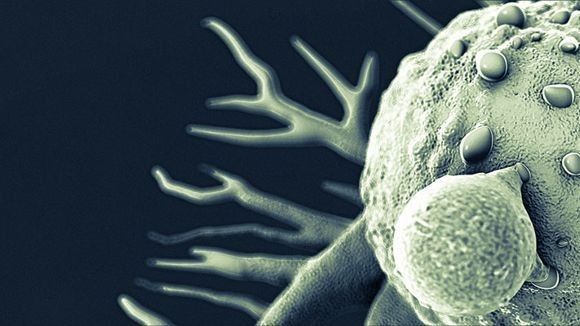 Readers Choice: The best of Oncogene 2022
Readers Choice: The best of Oncogene 2022
In this collection we highlight a selection of articles from 2022, which top the list of the journal’s most cited, downloaded and most shared (including press coverage, blogs, Twitter, Facebook and Weibo). The articles showcase the breadth of scope and coverage that the journal consistently delivers to its readers.
-
Collection |
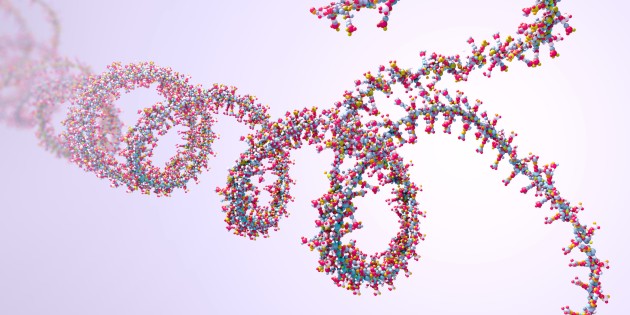 N6-methyladenosine modification in cancer
N6-methyladenosine modification in cancer
In this cross-journal collection, we welcome a wide range of articles on the role of N6-methyladenosin in cancer including primary research articles, method-based articles, reviews, and perspectives. N6-methyladenosine (m6A) is a modified mRNA, methylated at the N6-position of adenosine, recently shown as one of the most common modifications of mRNA and playing an important role in stimulating tumor promotion and inhibiting tumor suppression. Thus, modification and abnormal levels of N6-Methyladenosine play an important role in cancer development and progression. For example, m6A plays a role in AML, breast cancer, ovarian cancer pancreatic and renal cell cancer. Nevertheless, our insight in the complex ways of the mechanisms of tumor-regulation is still very incomplete. The accompanying collection of articles represents key research in this area from the journals Oncogene, Oncogenesis, Journal of Cancer Research and Clinical Oncology, and Cancer Cell International. The editors welcome future submissions to expand this collection further.
Image: Getty Images -
Collection |
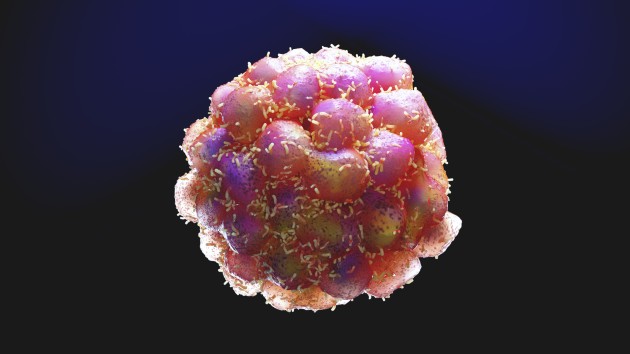 Tumour ferroptosis in cancer
Tumour ferroptosis in cancer
Cell death and cancer are the opposite sides of the same coin. They are inextricably linked as cancer is by definition cell death gone awry. As such, the elucidation of the mechanisms of cell death is very central to comprehension of cancer's underpinnings. Apoptosis, or programmed cell death, is the initially recognized most well-studied and understood form of organized cellular demise. Mutations in apoptotic pathways invariably lead to oncogenesis. However, over the past decade other forms of programmed cell death have come to the fore and, paradoxically, rather than being the antithesis of cancer, these cell death pathways actually promote tumor growth. For example, necroptosis, which is organized cellular necrosis, has been shown to promote cancer formation and metastases by induction of inflammatory mechanisms and accentuating peritumoral immune suppression. Similarly, ferroptosis, or death by iron deposition, is an increasingly recognized form of cell death that can accelerate tumorigenesis. The accompanying collection of articles represents key research in the burgeoning area of ferroptosis and its impact on oncogenesis published in the journals Oncogene, Oncogenesis and Cancer Cell International. The editors welcome future submissions to expand this collection further.
-
Collection |
 Readers Choice: The best of Oncogene 2021
Readers Choice: The best of Oncogene 2021
See what readers worldwide have been citing and sharing. In this Web Focus we highlight a selection of articles from 2021, which top the list of the journal’s most cited, downloaded and most shared (including press coverage, blogs, Twitter, Facebook and Weibo). They showcase the breadth of scope and coverage that the journal consistently delivers to its readers.
-
Collection |
 CRISPR–Cas9 in cancer research and therapy
CRISPR–Cas9 in cancer research and therapy
Since its discovery as part of the adaptive immune system in bacteria, CRISPR-Cas9 has become an invaluable tool for genome editing with the potential to transform cancer therapies. The ability to alter specific bases in DNA enables comprehensive examination of molecular pathways and the part they play in cancer with incomparable resolution. The technology is also routinely applied in cancer modelling where it enables the production of faithful models of disease, capturing the specific molecular aberrancies of different cancers. As a therapy, CRISPR-Cas9 has demonstrated promises ex vivo, in oncolytic viruses and immunotherapies; however its use in vivo is also being explored by targeting genes essential for cancer cell viability, promoting apoptosis or cell cycle arrest in tumours and thereby improve patients’ survival. Overall, CRISPR-Cas9 technology has greatly advanced cancer research and has the potential to immensely transform cancer therapies. The below collection of articles represents key research in this area published in the journals Oncogene, Oncogenesis, Leukemia, Blood Cancer Journal and Cancer Gene Therapy. The editors welcome future submissions to expand this collection further.
-
Collection |
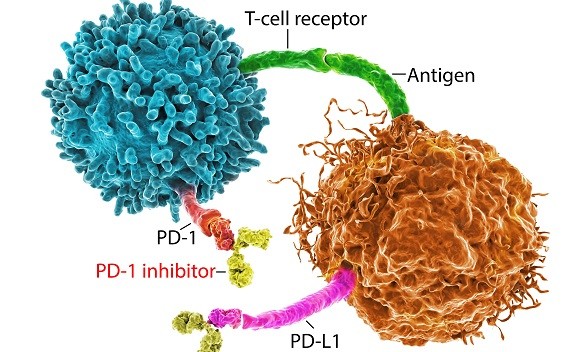 Immune checkpoint inhibitors in cancer treatment
Immune checkpoint inhibitors in cancer treatment
The advent and validation of immune checkpoint inhibitors targeting the T cell receptors PD1 and CTLA have been 'game changers' in clinical cancer therapy. Initially approved for melanoma, lung cancer, and kidney cancer these therapies have now gained substantial inroads in a diversity of tumor types as first or second-line therapy and promise to extend the lives of millions of more cancer patients. However, there is critical ongoing research attempting to optimize the therapeutic utility of these agents. Current investigations include analysis of tumor molecular profiles most apt to respond to specific checkpoint immunotherapy regimens, optimal timing of treatment and combination with chemotherapy, radiation, and molecularly targeted anti-cancer agents, and the potential to enhance responsiveness of checkpoint inhibition with concurrent use of novel therapies targeting innate or adaptive immunity. Research in all these areas has exploded at both the clinical and experimental levels. As such, these burgeoning reports comprise a valued addition and are a new cornerstone in Springer Nature's topical online collections in cancer research. The editors of the journals Oncogene, Blood Cancer Journal, Leukemia and Cancer Gene Therapy welcome future submissions to expand this collection further.
-
Collection |
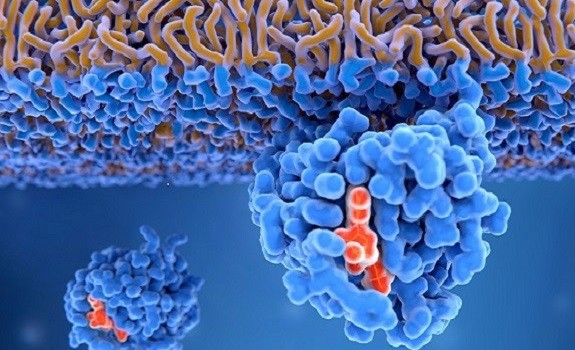 KRAS-mutant cancers
KRAS-mutant cancers
We are still elucidating the signalling pathways and complex circuitry surrounding the most common mutated oncogene we observe in human malignancies. KRAS driver mutations underlie 20% of human malignancies and the journey here has been a true example of bench to bedside science. For example, in the last few years, we've observed that mutations in KRAS predict resistance to anti-EGFR therapeutics in colon cancer. Earlier this year, the US Food and Drug Administration approved the first ever KRAS inhibitor for use in patients, in this case non-small cell lung cancer. More KRAS inhibitors will be approved, each targeting specific amino acid changes in its structure, a true example of personalised, tailored precision medicine. The accumulation of knowledge here exemplifies how understanding basic science and mechanisms, ultimately can extend the quality and quantity of life of those living with cancer, and contribute to increasing the cure rate. The below collection of articles represents key research in this area published in the journals Oncogene, Oncogenesis, Leukemia and Cancer Gene Therapy. The editors welcome future submissions to expand this collection further.
-
Collection |
 Mechanisms of resistance to cancer therapy
Mechanisms of resistance to cancer therapy
Metastatic cancer is ultimately resistant to virtually all systemic therapies and continues to kill more than 10 million people per year around the world. This suggests a common mechanism for cancer resistance that evolves in millions of people each year, regardless of the instigating carcinogens, suite of mutations present in the tumor, or the tissue of origin. This therapeutic resistance has classically been attributed to genetic tumor cell heterogeneity that develops by stochastic chance, fueled by aneuploidy and genetic instability. In this classic view, resistance to each different therapy requires that the appropriate mutations that confer the different versions of resistance are acquired by at least one cell. Newer models have found potential evidence for the gradual, multifactorial adaptation to the inhibitors through acquisition of multiple cooperating genetic and epigenetic adaptive changes of multiple partially resistant clones as well as the presence of cancer stem cells in which a rare therapy-resistant population of cancer stem cells give rise to a recurrent, resistant population. The below collection of articles published in the journals Oncogene, Leukemia, Blood Cancer Journal, Oncogenesis, Cancer Gene Therapy and Clinical & Experimental Metastasis explore how treatment resistance arises in cancer. The editors welcome future submissions on this topic to expand this collection further.
-
Collection |
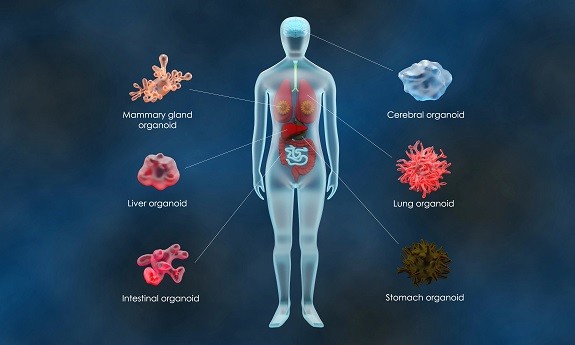 Patient-derived organoids as in vitro cancer models
Patient-derived organoids as in vitro cancer models
Cancer research has predominantly focused on two-dimensional (2D) cultured human cell lines during the past decades. Although these models have (i) improved our understanding of cellular signalling pathways, (ii) helped us identify potential drug targets and (iii) guided the design of candidate drugs for a wide range of cancers, still they have shown many limitations. The recent advances in in vitro 3D culture technologies, such as organoids, have opened new avenues to improve basic and clinical cancer research. Up to now, highly efficient establishment of organoids can be achieved from both normal and malignant patient tissues. Wild-type organoids, grown from embryonic and adult stem cells, can be mutated, through gene-editing technologies, into tumor organoids, which may emulate and give new insights into genetic alterations occurring during cancer initiation and progression. Organoids obtained from patient-derived tumour tissues represent an emerging approach for creating patient-derived in vitro cancer models that closely recapitulate the pathophysiological features of natural tumorigenesis and metastasis constituting a great tool for the discovery of personalized anti-cancer therapy and prognostic biomarkers. Taken together, organoids represent a promising model for cancer research and clinical translation. The below collection of articles represents key research published in the journals Oncogene, Oncogenesis, Cancer Gene Therapy and Cancer Cell International, focusing on the use of organoids in cancer research. The editors welcome future submissions to expand this collection further.
-
Collection |
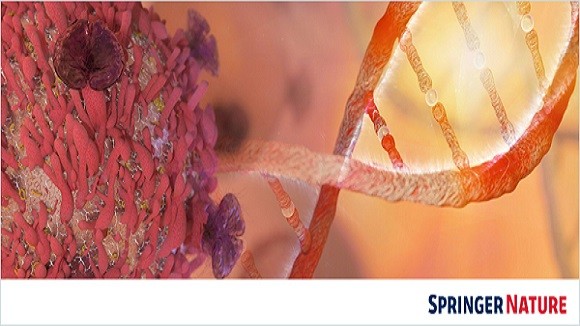 SN Oncology Portfolio
SN Oncology Portfolio
